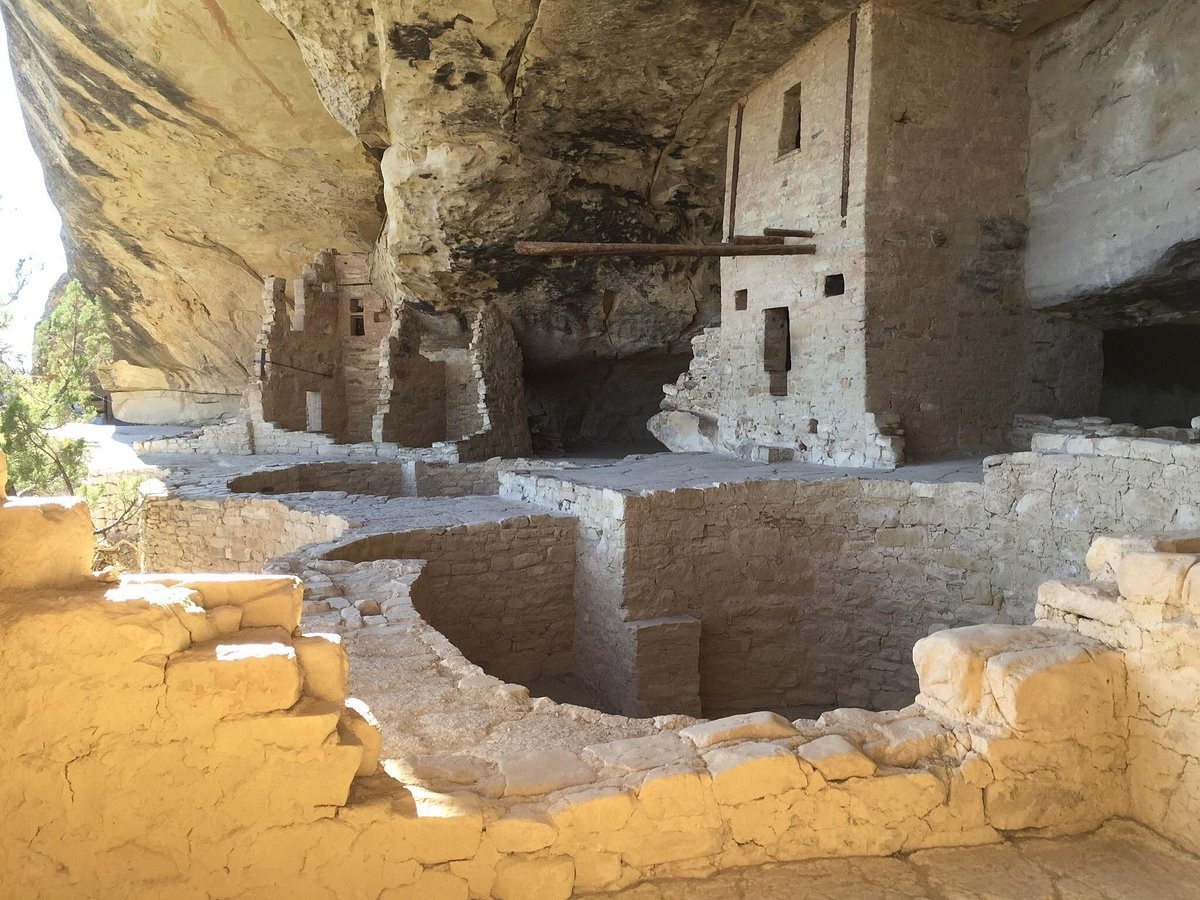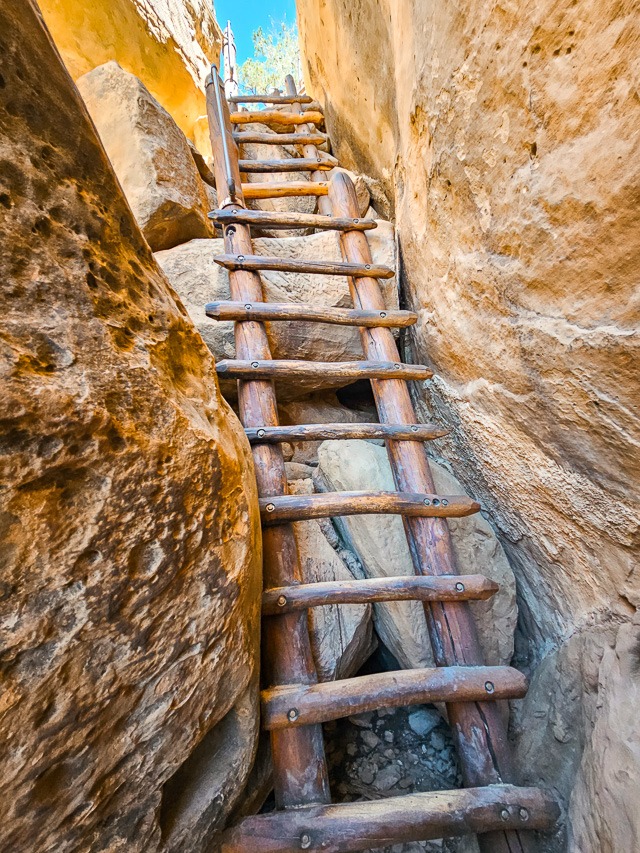You Have To Climb A 32-Foot Ladder And Crawl Through A Tunnel To See Balcony House
Balcony House is a fascinating cliff dwelling located in Mesa Verde National Park, Colorado.
It was built over 700 years ago by the Ancestral Puebloans, often referred to as the Anasazi.
The journey to Balcony House includes climbing a 32-foot ladder and crawling through a tunnel, making it one of the park’s most adventurous tours.

Who built the Balcony House?
The Ancestral Puebloans, also known as the Anasazi, built the Balcony House in the late 12th century.
These ancient people constructed their homes in natural alcoves on the cliffs, which protected them from weather and potential invaders.

Who were the Ancestral Puebloans?
The Ancestral Puebloans were highly skilled and resourceful people who lived in the region from approximately A.D. 600 to 1300.
They are known for their remarkable achievements in agriculture, pottery, weaving, and architecture.
Their ability to adapt to the harsh environment of the high desert and their innovative building techniques allowed them to create complex communities and structures that have stood the test of time.

Why was it called “Balcony House”?
The name is derived from a distinctive balcony-like structure that juts out from one of the rooms.
This feature, along with the complex layout of living quarters, storage rooms, and kivas (ceremonial rooms), showcases the advanced building techniques and societal organization of the Ancestral Puebloans.

The structure of the Balcony House
Balcony House is a marvel of ancient engineering.
The Ancestral Puebloans used sandstone, mortar, and wooden beams to build their homes.
These stones tightly packed have lasted for centuries.

Balcony House has 40 rooms and two kivas (ceremonial rooms), housing up to 30 people.
The kiva is one of the key features of Balcony House.
It is a circular and subterranean room used for religious ceremonies and communal gatherings.

The house is near two natural springs, one within the alcove and one just below it.
It face northeast, so they didn’t get much sun in the winter, but the residents valued easy access to water more.

To visit Balcony House, visitors have to climb a 32-foot wooden ladder, crawl through a 12-foot tunnel, and then climb steep stone steps.

How was the Balcony House discovered?
Prospector S. E. Osborn first entered Balcony House in the spring of 1884.
His name and the date March 20, 1884, were found in a nearby dwelling.
In a newspaper article from 1886, Osborn described several sites he visited in Mesa Verde, one of which matches Balcony House.
In 1910, archaeologist Jesse Nusbaum excavated the Balcony House.
Nusbaum, who also became one of the first Superintendents of Mesa Verde National Park, helped uncover and stabilize the site.

Preservation
Mesa Verde National Park was established in 1906 to protect and preserve the rich archaeological heritage of the Ancestral Puebloans.
Today, Balcony House is part of this UNESCO World Heritage Site, attracting visitors from around the world who are eager to explore its historical and cultural significance.
Ongoing archaeological research continues to uncover new information about the Ancestral Puebloans, helping us understand their daily lives, and social structures.

Cliff Palace is located in a large alcove and faces southwest, allowing it to capture more sunlight. It is one of the most visited sites in the park.

The site is much easier to access and less physically demanding than Balcony House.

Visitors use stairways and paths to reach the site.


